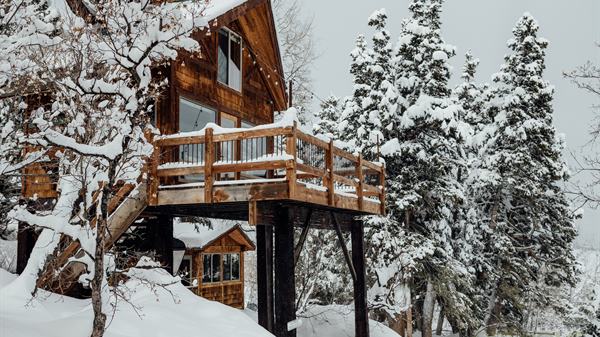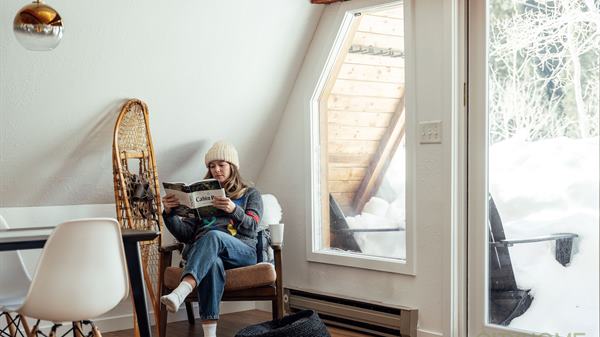“It has been said that, at its best, preservation engages the past in a conversation with the present over a mutual concern for the future.” - William Murtagh, first Keeper of the National Register for Historic Places
Make no mistake--modern is good. We love those crisply-designed spaces for all their sleek, clean lines and blank slate-type possibility. But. We certainly have a sweet spot for vintage, as well. (And the two are, perhaps, at their most magical when they're set side by side.) Alas, modernity often comes at the expense of the rich and ornate historical buildings that established the glitzy days of yore. But, like a fine Fabergé egg that's been perfectly preserved within a decadent shell, the McCune Mansion sits high on a hill, keeping watch over our city--an all-but-untouched glimpse into the days of decadence, when the concept of more is more reigned supreme. “I have the nicest office in Salt Lake City,” says Shawn Fletcher, the humble orchestrator of the mansion. His office is adorned with a large turret, along with windows that provide a panoramic view of downtown SLC.
Originally modeled after a home located in New York, whose picture still remains on Shawn’s office wall, the mansion is classic in every sense of the word (yet, with precise details in every room, the home easily blends diverse style from Austria, Germany, Italy, France--all with elaborate Victorian sensibilities). The original owners of the house were Elizabeth and Alfred McCune. Alfred, an entrepreneur, dabbled in railroad, mining, cattle, and Timber, but one of his great successes was a mining venture in Peru on which he partnered with JP Morgan, William Randolph Hearst, and the Vanderbilt family (which is still one of the largest silver producing mines in the world). He and Elizabeth sought to bring a sliver of Europe to rural Utah, to be easily accessed and adored by the community. A gift, if you will. So how exactly does a mansion in Salt Lake City mirror the beauty and elegance of old world Europe?
Precision, dedication, an eye for design, and lots (and lots) of money.
No expense was spared, and the result matches the effort in terms of sheer magnificence.
Once the Lady McCune had commissioned reference photographs of the inspirational home across the country, she sent her architect from Utah to Europe to curate rare objets d'arte and building materials (all told, the hunt took two years). A few noteworthy details, plucked from every ostentatious corner of the earth: Utah onyx, Nubian and Irish marble, French tapestries, South American mahogany, Russian leather, rooftop tiles from the Netherlands, a few exotic woods (Birdseye Maple, South American Blond Mahogany, and 400-year-old English oak), and German mirrors. Shawn tells the now-legendary tale of an enormous mirror that, once shipped to the United States, could not be delivered to the home due to the lack of an existing train car large enough to support it. Alfred was told by officials that they would have to cut the mirror in half, but the idea did not suit him. Instead, he commissioned two engineers to design and build a train car that could carry the mirror to Salt Lake City. When the mirror wouldn't fit through the door? He removed a bit of wall. The home's 4,000 lb. Cleopatra statue had to be fork-lifted over the upstairs balcony. No expense was spared, and the result matches the effort in terms of sheer magnificence.
The McCunes were building something to be worshipped.
One of the most ornate rooms in the three-story mansion is, naturally, the ballroom. The golden, hand-gilded ceilings create a conversation with their inspiration in Florence, Italy. While one room mimics italiano, another tends to feign towards the French. The drawing room was deemed by architect C.S. Dallas to, “suggest the French palaces of Louis XIV,” which has led to it being affectionately referred to as the “Louis the XIV,” room. In one room, Alfred wanted marble walls, but knew they were too heavy for the structure to support. So he hired a German architect, who designed lighter, marble-esque walls for over nine months. The McCune's sacrificed little of their original vision for their home on the hill, and while none of the rooms completely lend themselves to a particular school of design, the home does have a dignity in its accumulation of styles. Shawn has a theory that this was all done intentionally. He believes Elizabeth was trying to give the Western United States something to care about, and to engage it in the discourse of the classical world of Europe. The McCunes were building something to be worshiped. Gold leaf hand gilding, exquisite murals, decorative scagliola, and detailed artwork with century-old brushtrokes are met with original, Russian impressionist paintings and warm wood finishes. Every detail was meticulously thought out, and the grandeur juxtaposed against its modern counterparts calls upon those who enter the space to be in a constant state of reflection between the past and present.
The McCune mansion is a gift--a prize piece, proudly sitting on the mantel of Salt Lake City.
From ground-breaking to the last artfully-hung piece, the creation of the mansion--all 22,000 sq. ft. of it--took three years, from 1898-1901, and it was the first $1 million home in Utah. The McCunes kept the home for 20 years before being seduced by the warmer climate of Los Angeles. When they left, they donated the home to the LDS Church, which then turned it into the McCune School of Music and Art. Ownership of the space changed hands a total of seven times before it was finally purchased by the current owners, the McCarthey family, in 1999. Through all the home's transitions, the only rooms that were disturbed were the library and the kitchen, which were repurposed to provide a stage and the Dean's office for the music school. The McCune mansion is still over 70% original, and the current owners have an enormous interest in preserving the heritage found in the mansion. “We lose this stuff on a daily basis," says Shawn. "This place is 115 years old...that's nothing." Yes, we regretfully know first hand that updates and upgrades often times mean losing touch with the very foundation on which our American heritage was built. The McCune mansion is a gift--a prize piece, proudly sitting on the mantel of Salt Lake City. Next time you pass, give a nod; let Alfred and Elizabeth know that a solid vision and good taste never go out of style.
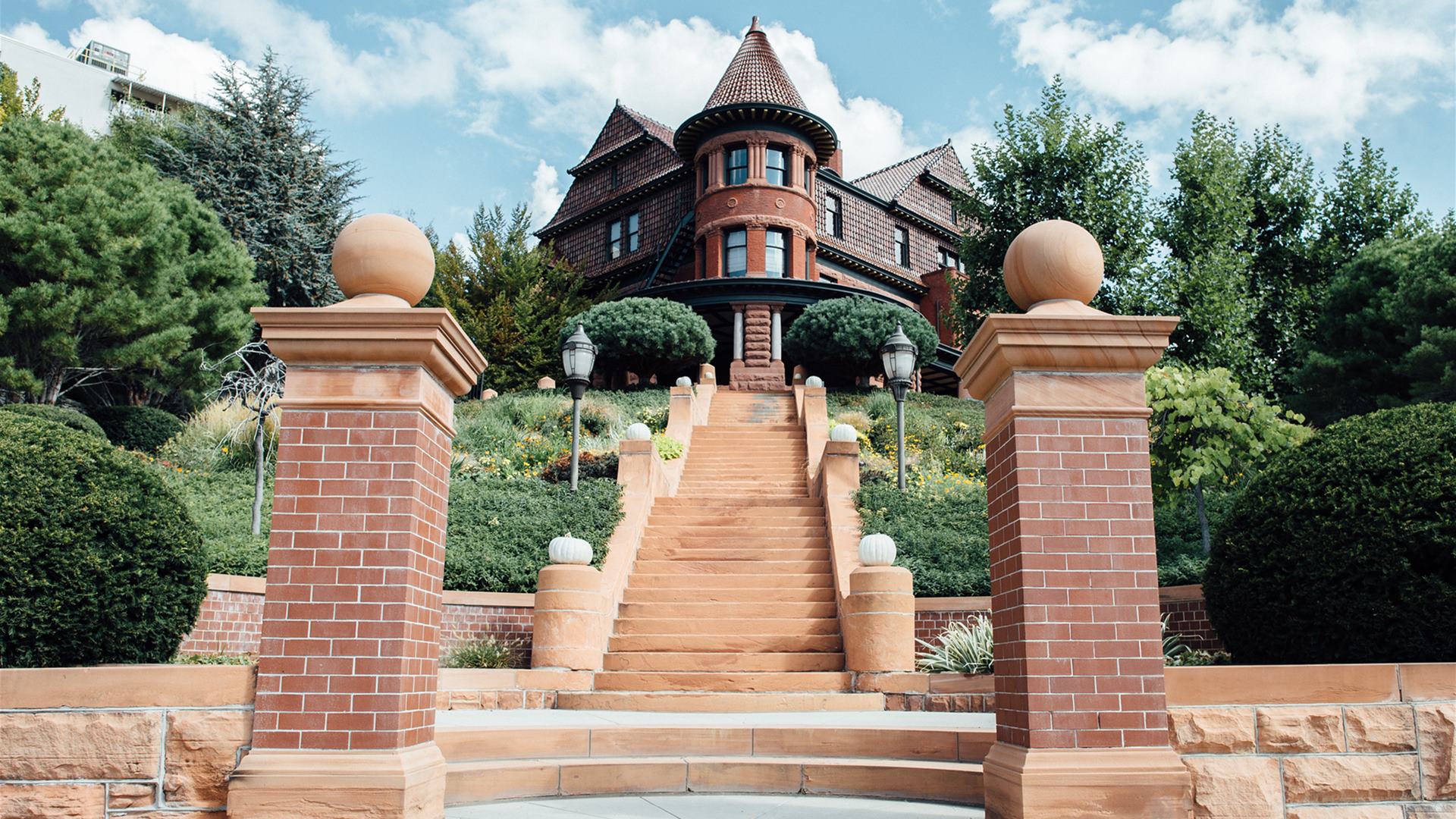

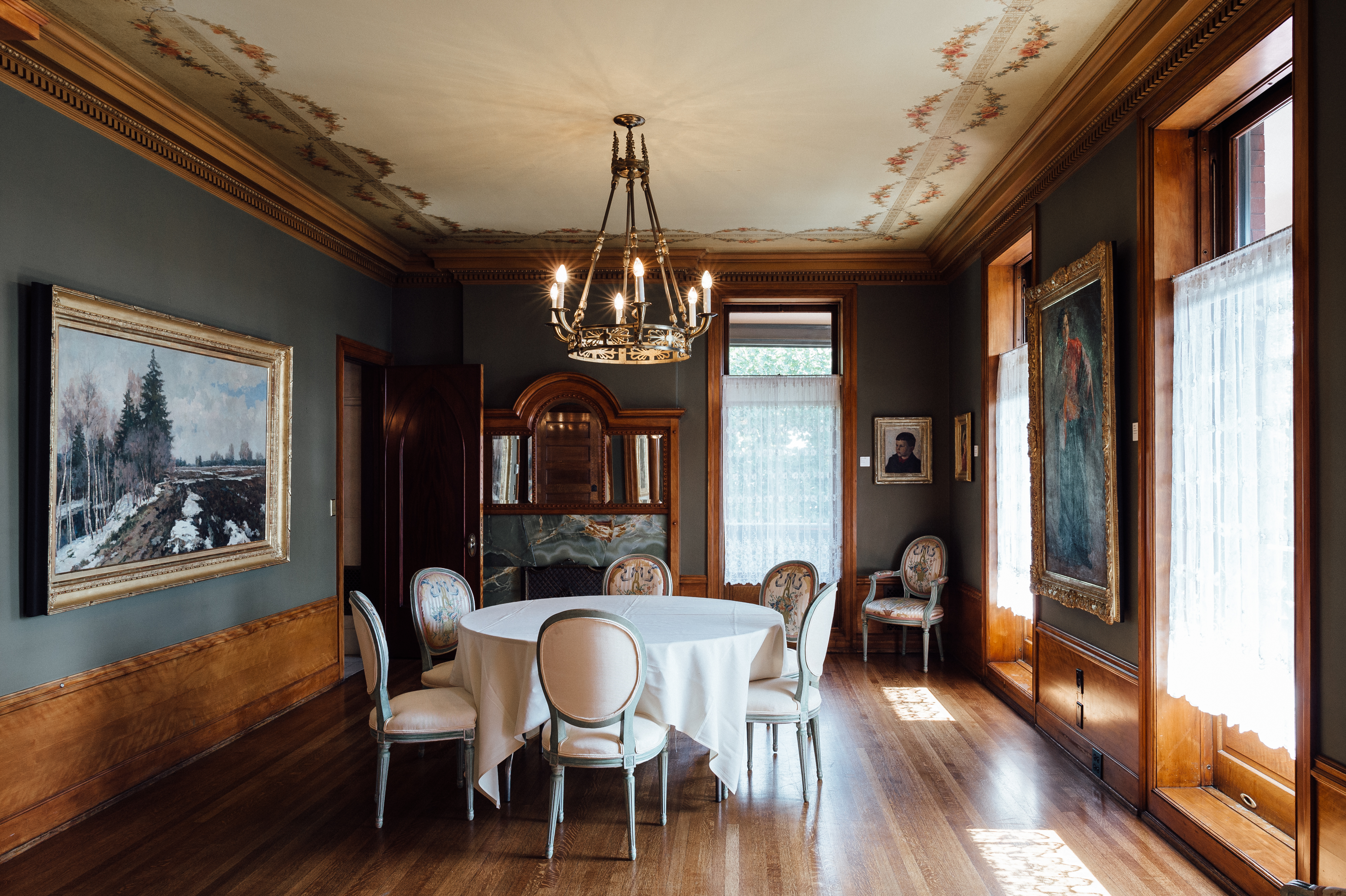
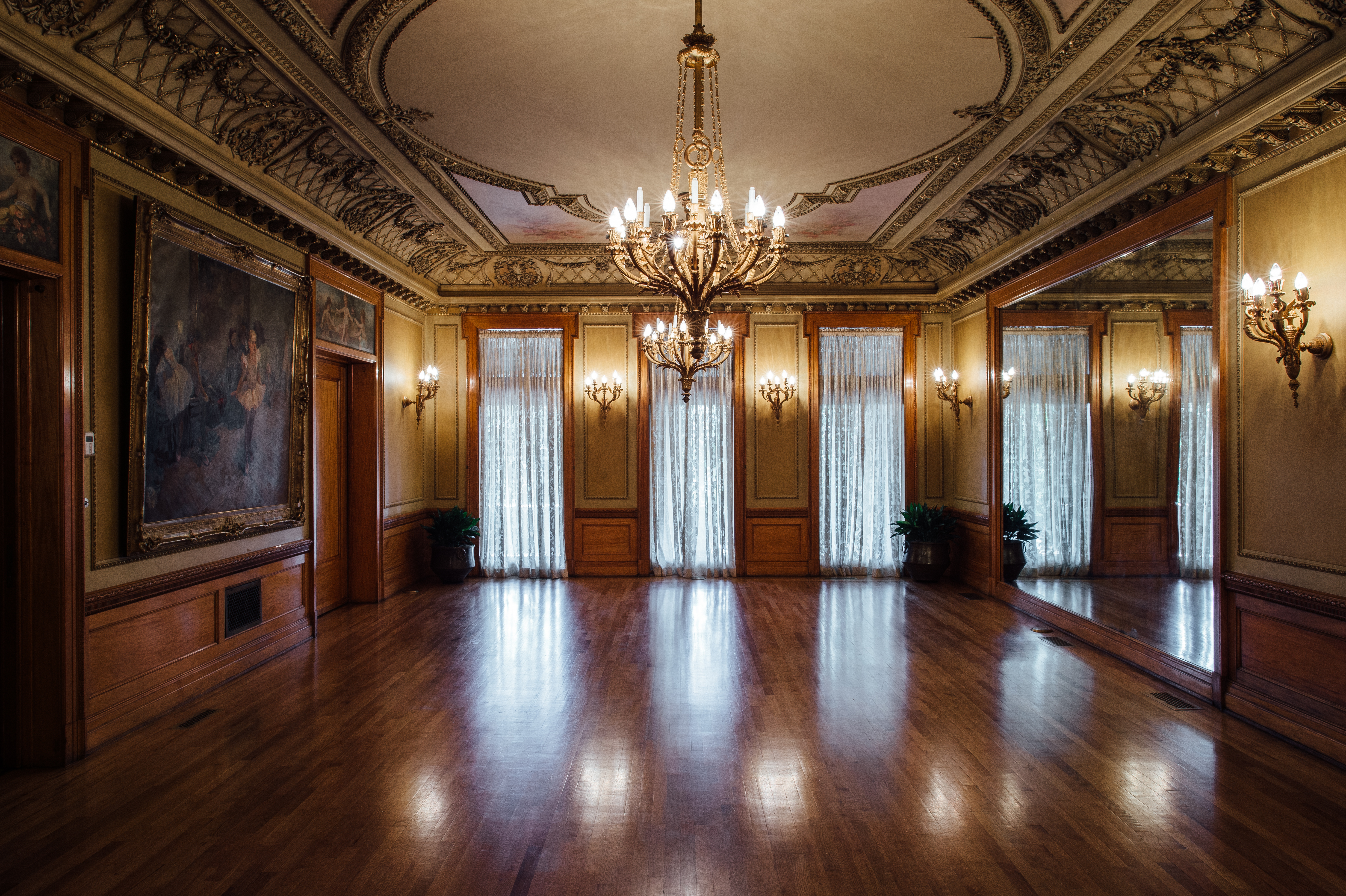
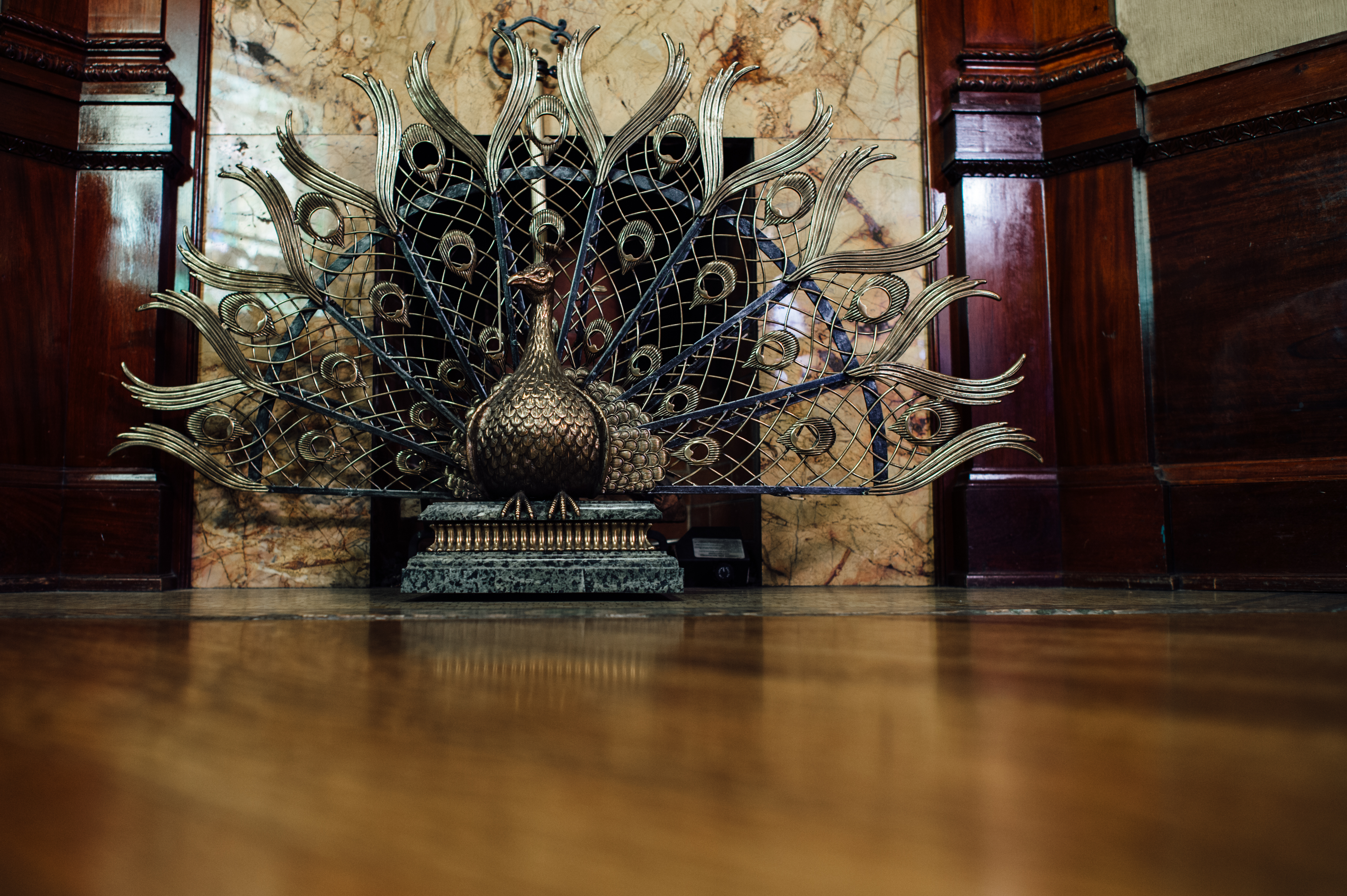
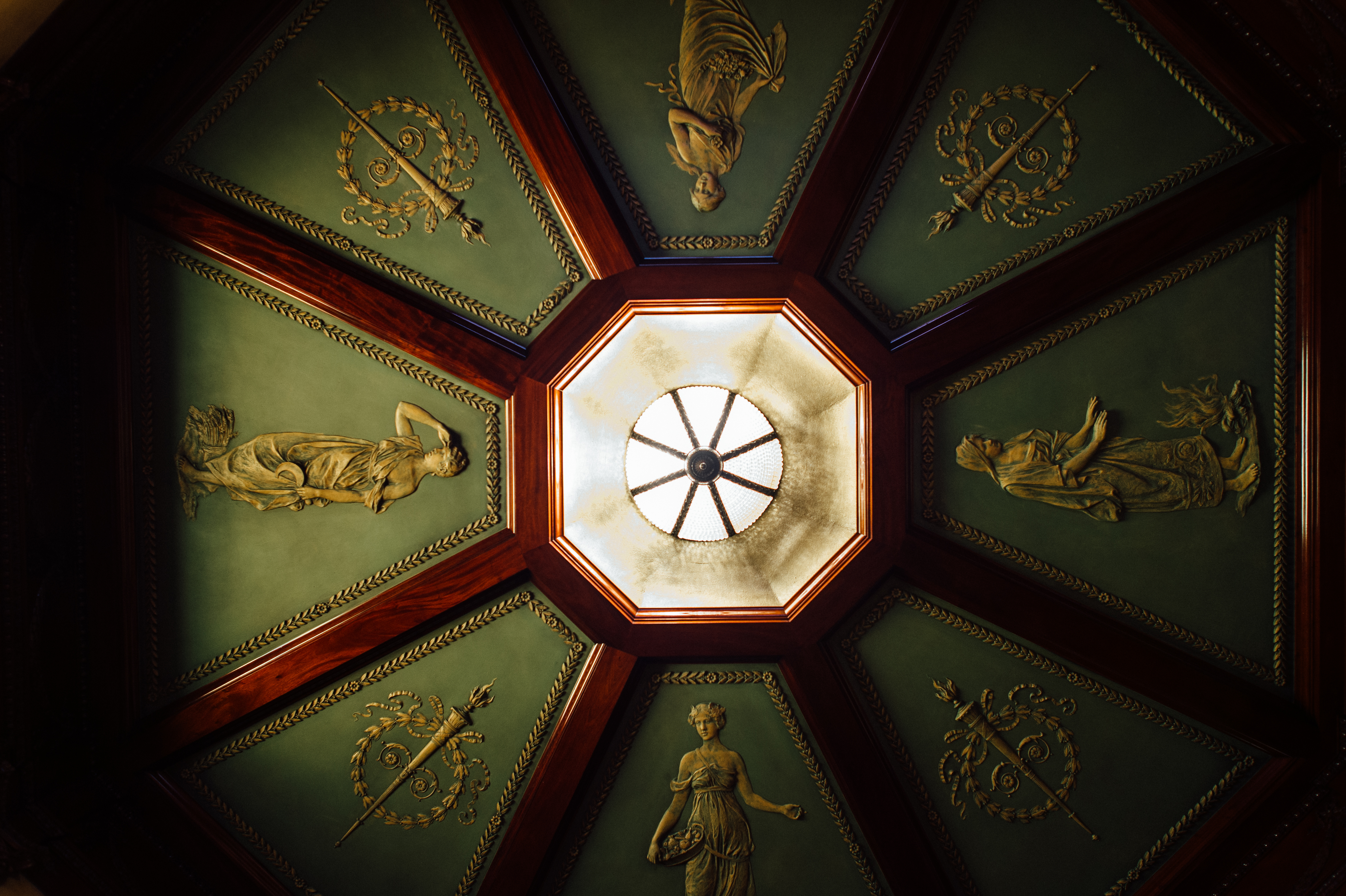
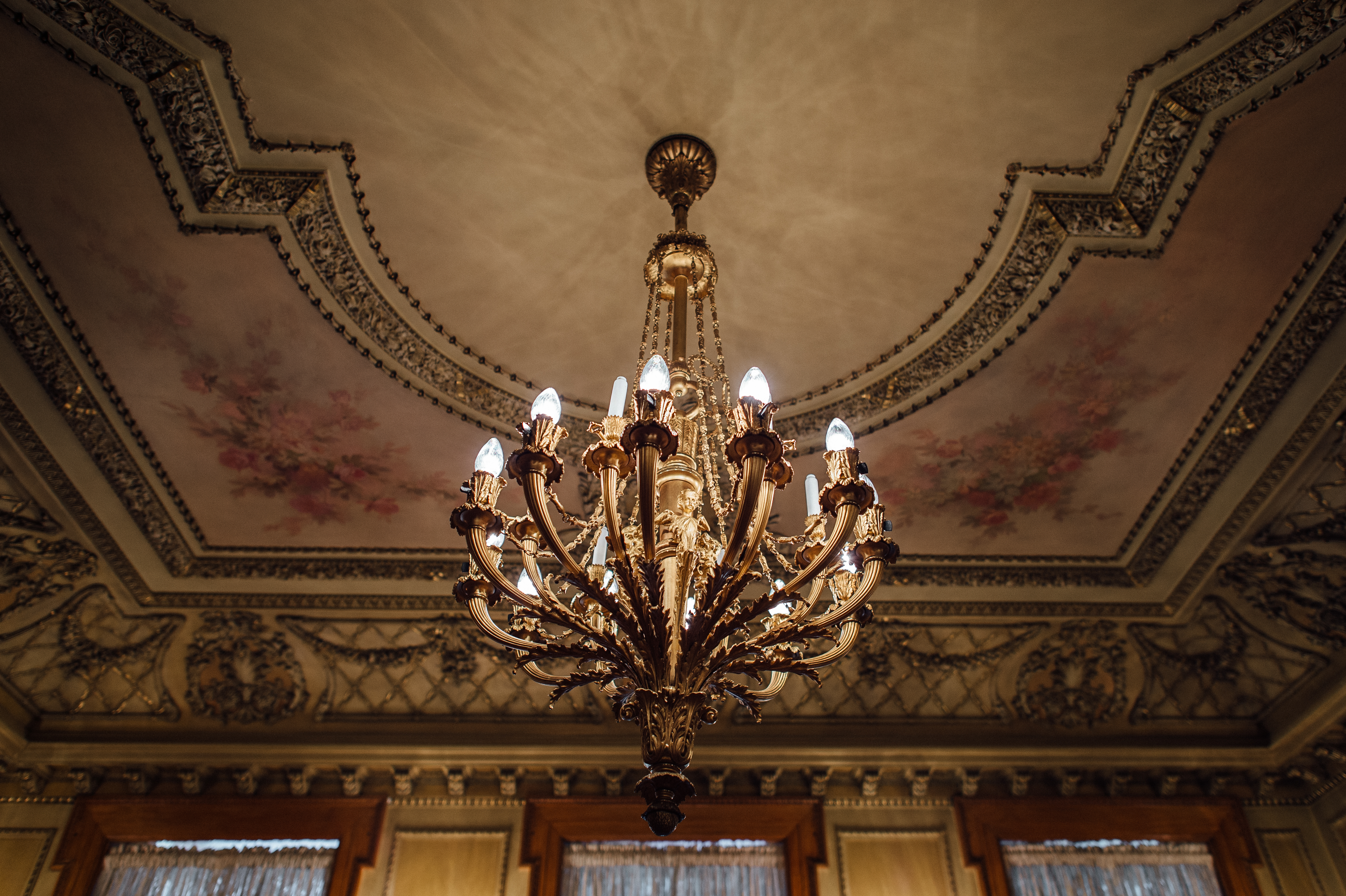
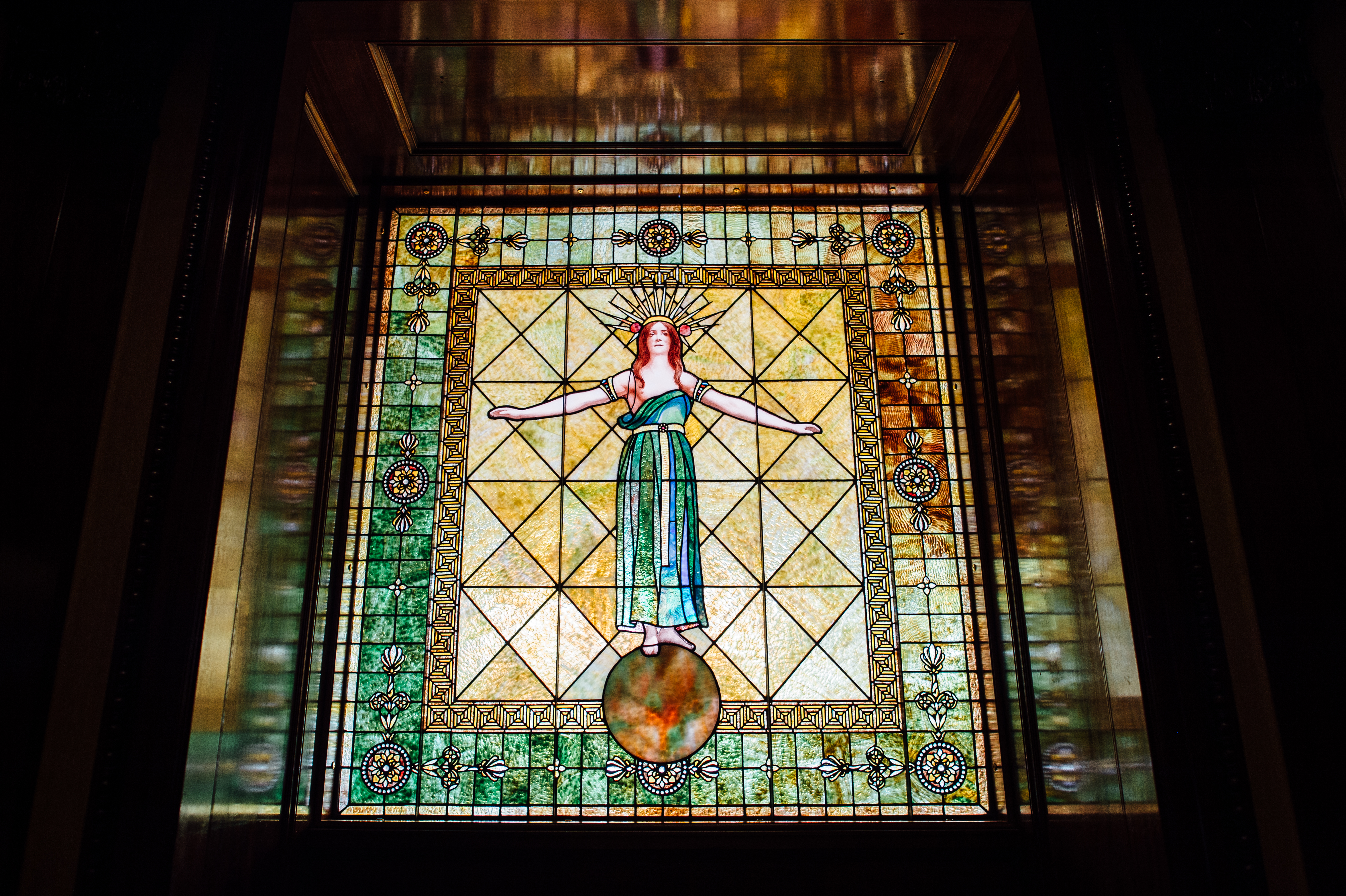

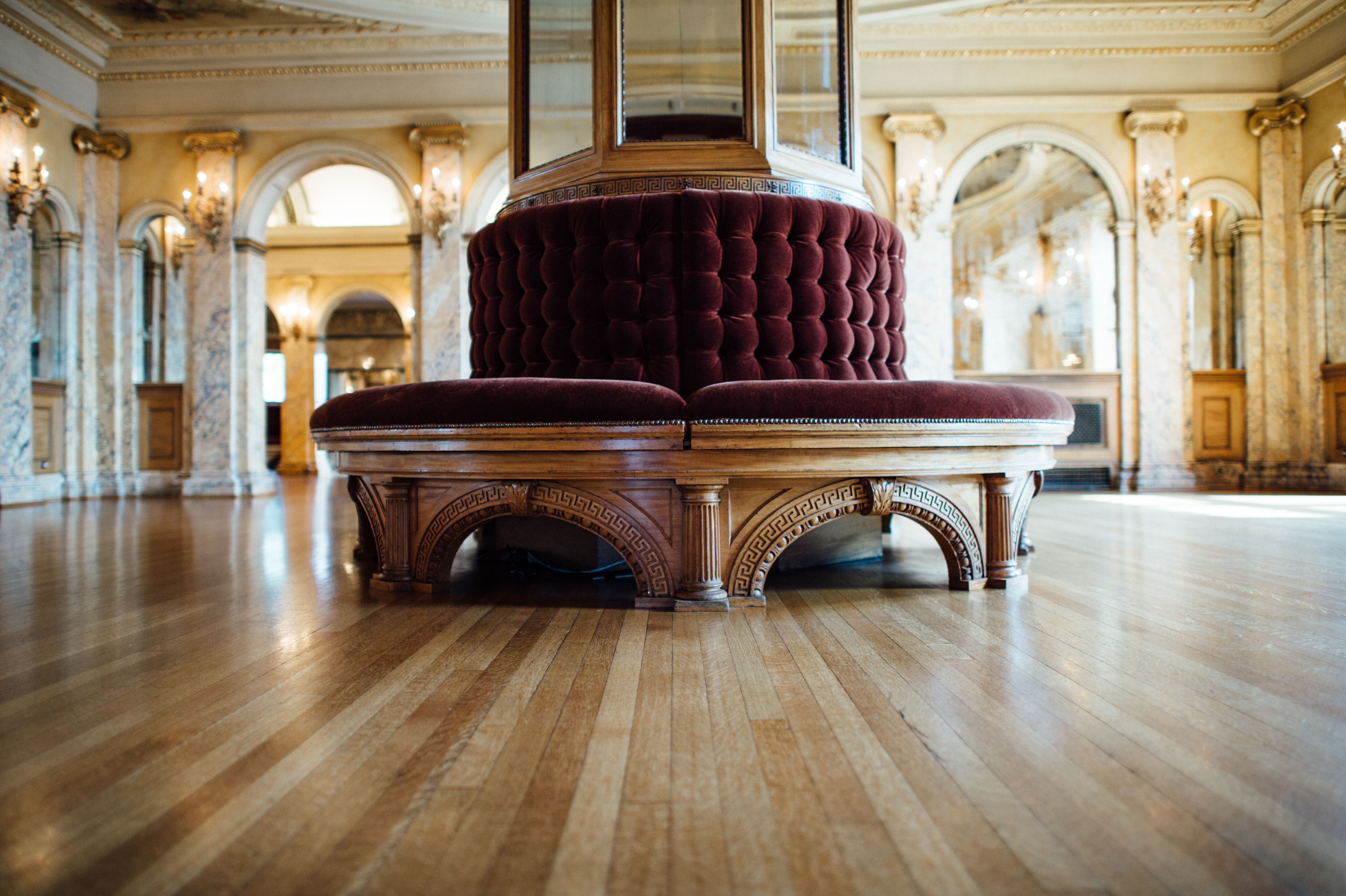
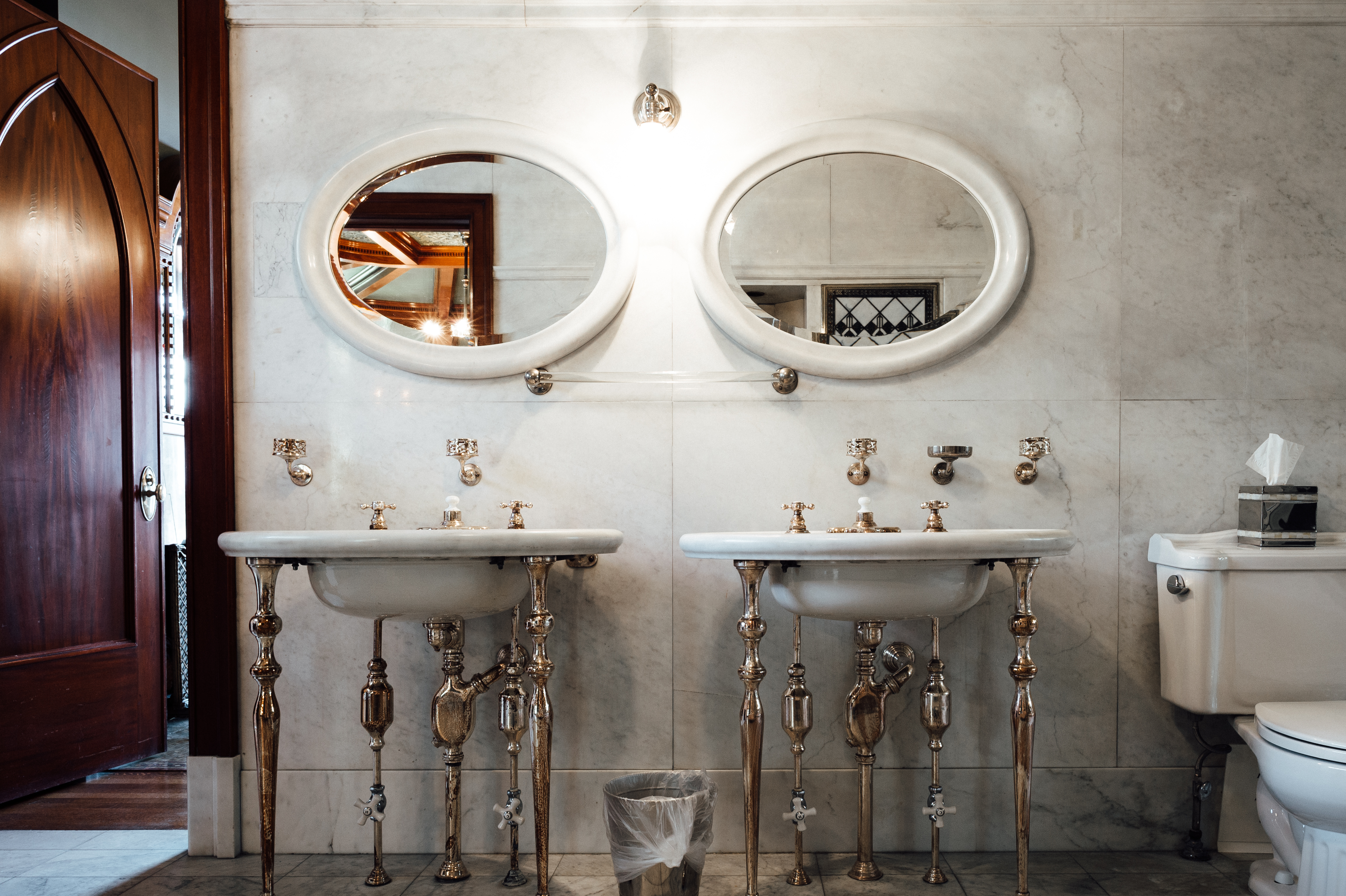
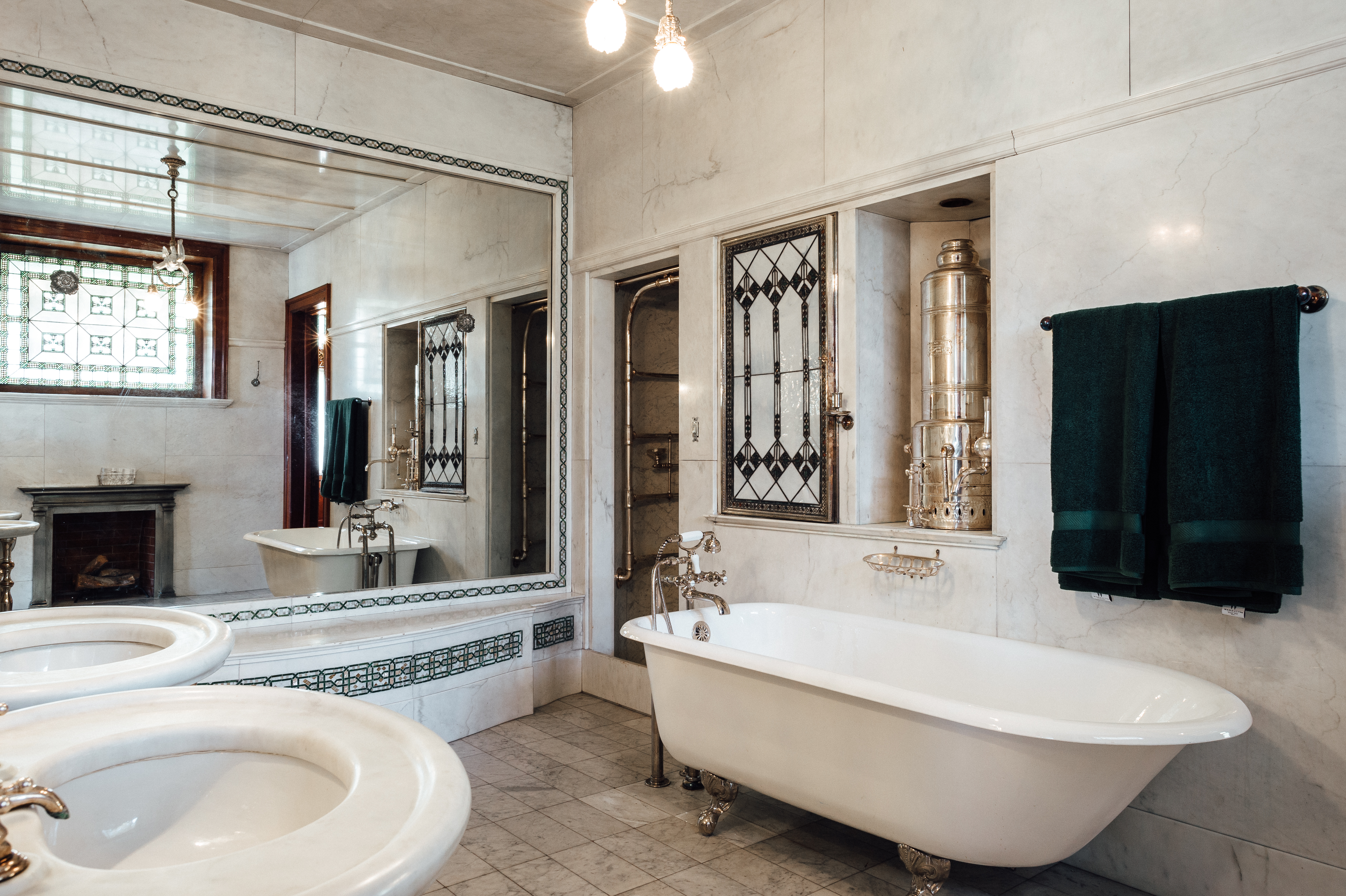
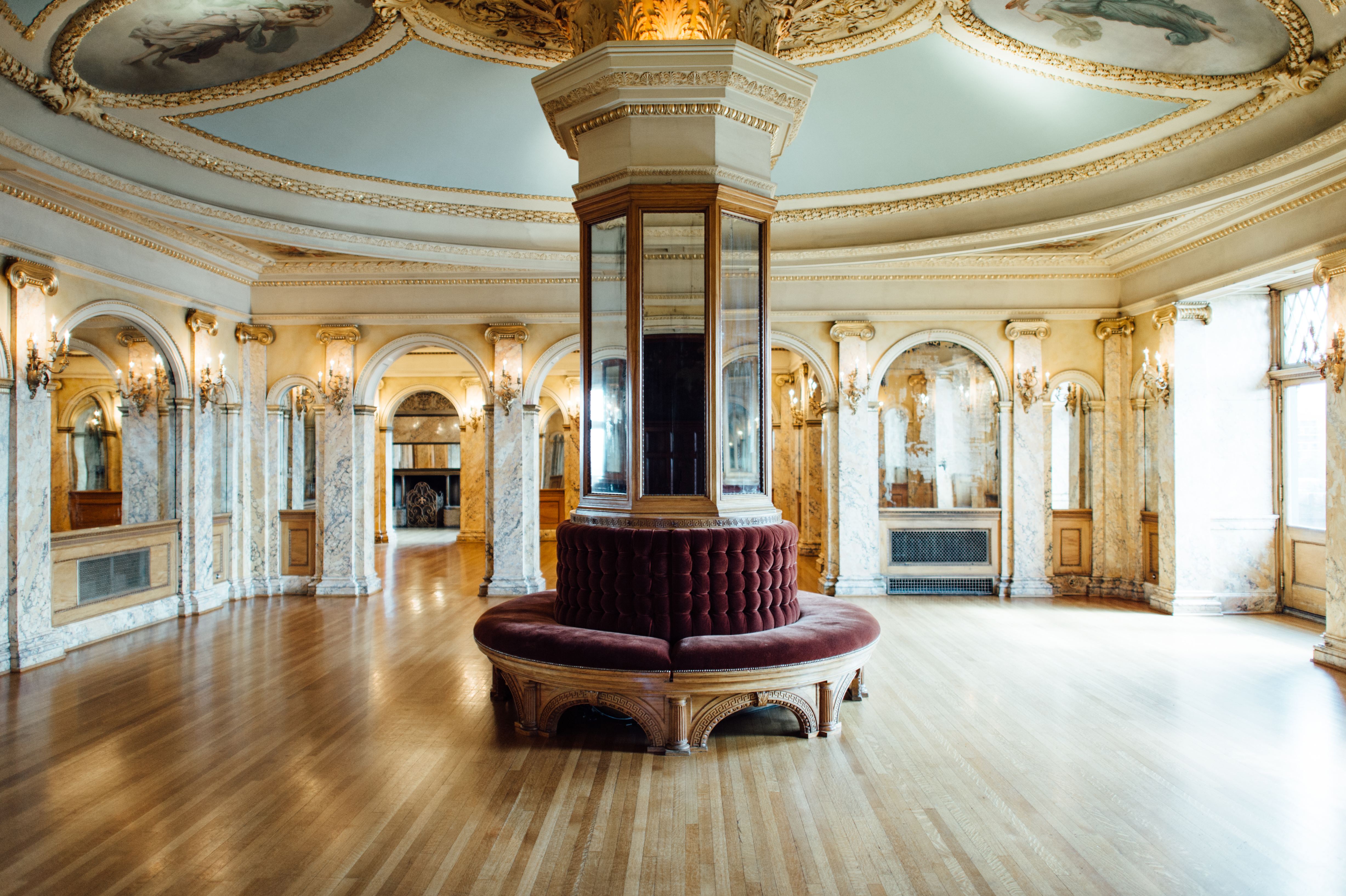
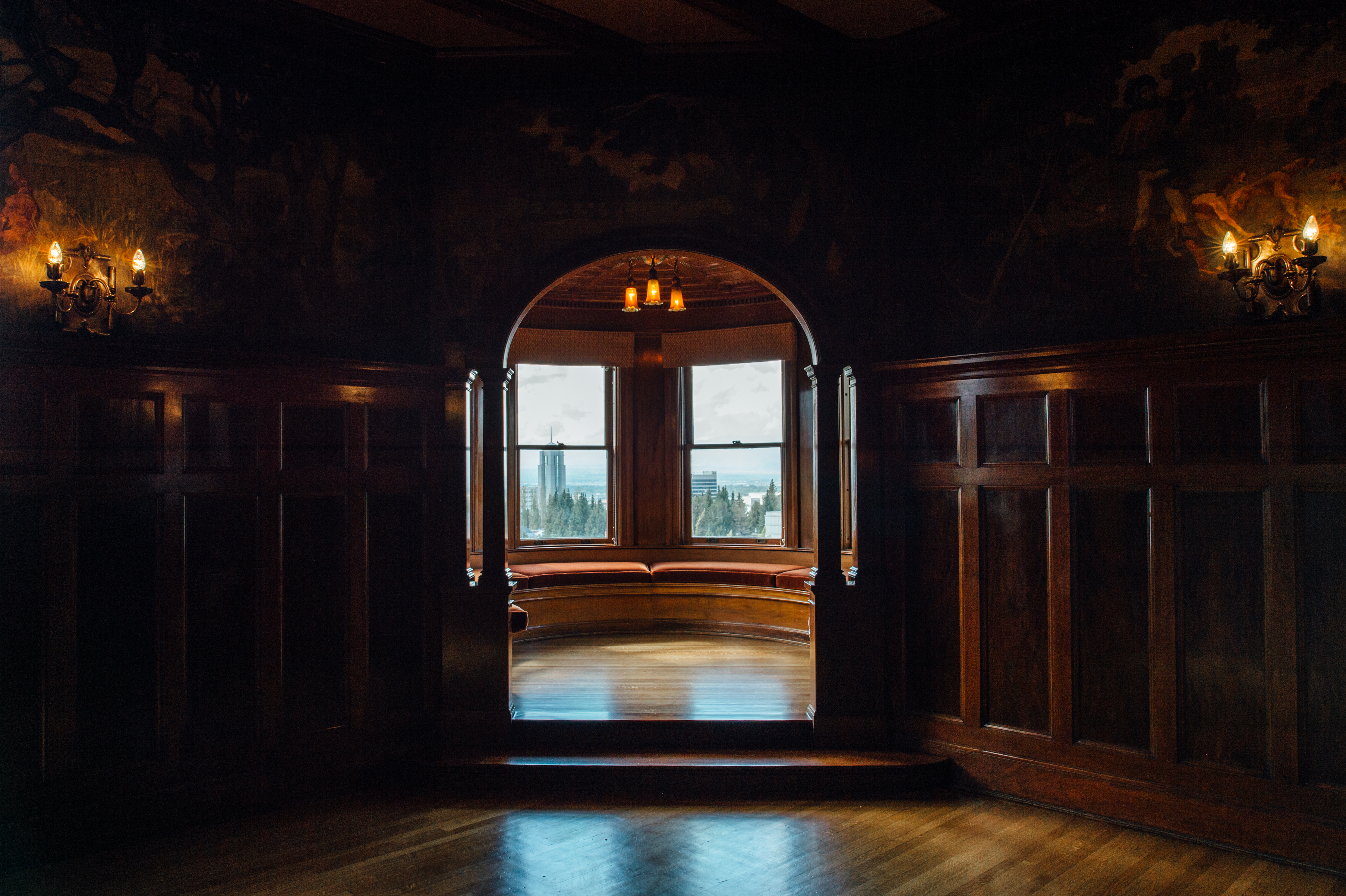
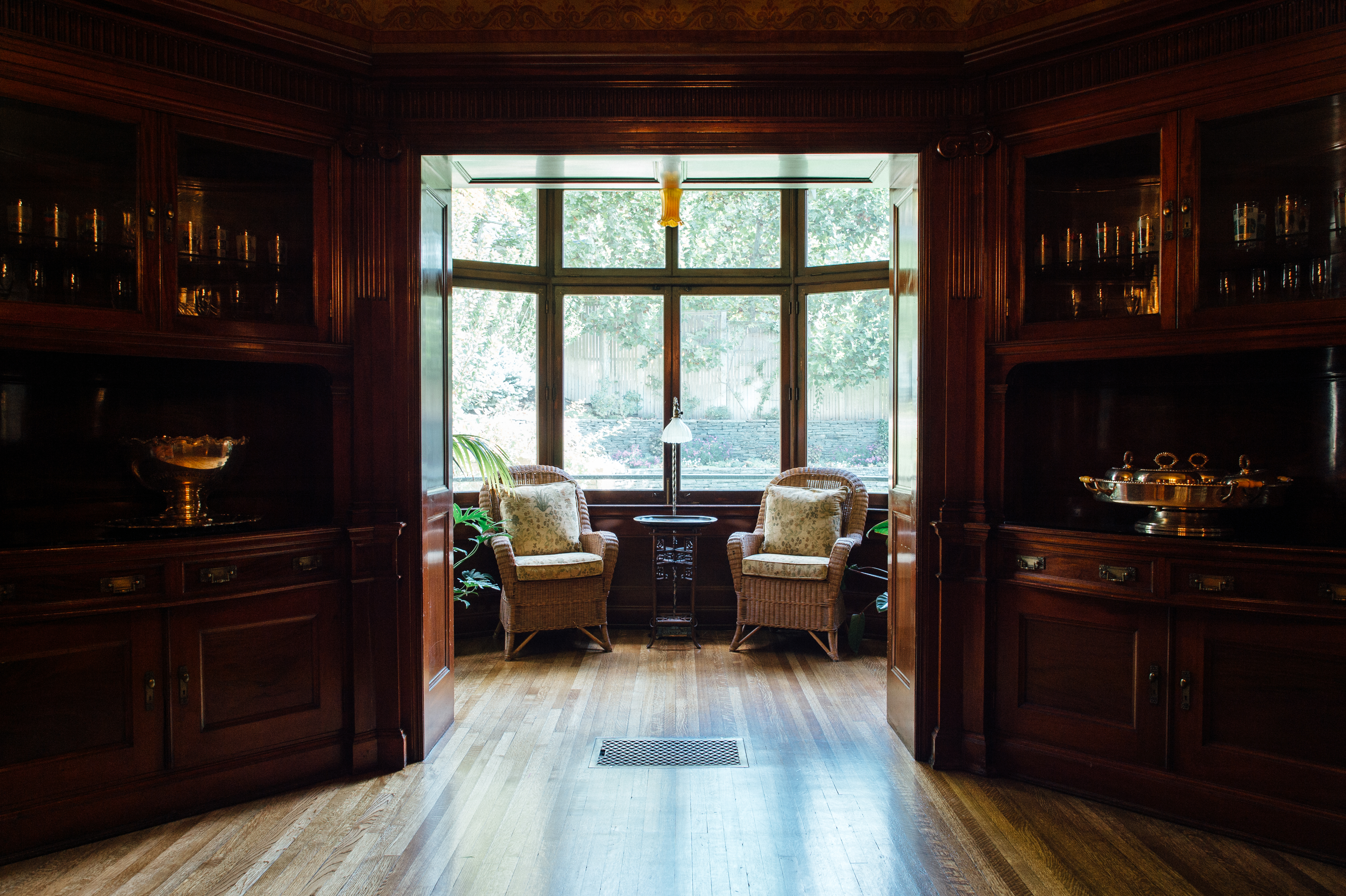
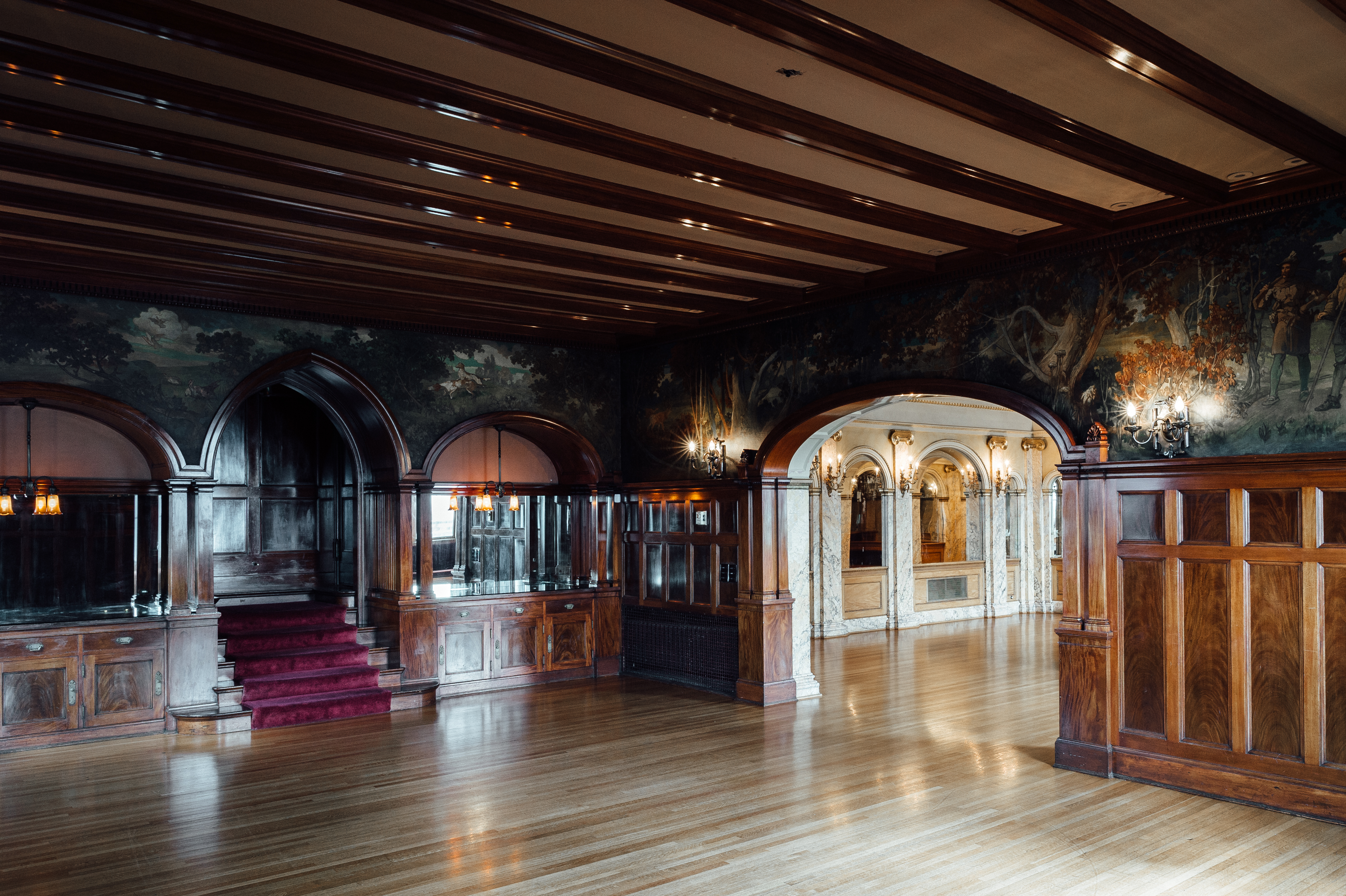
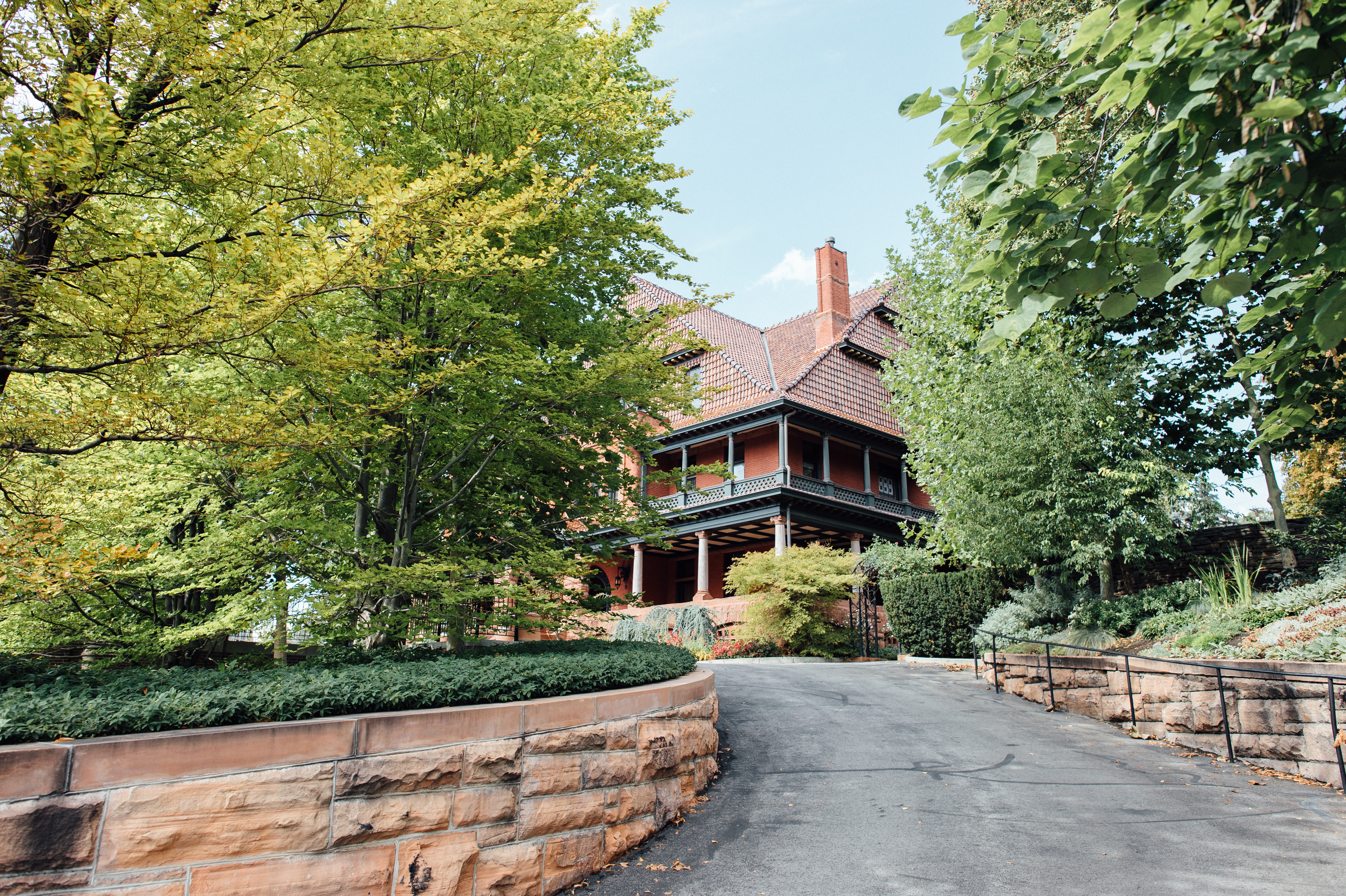


.jpg)

